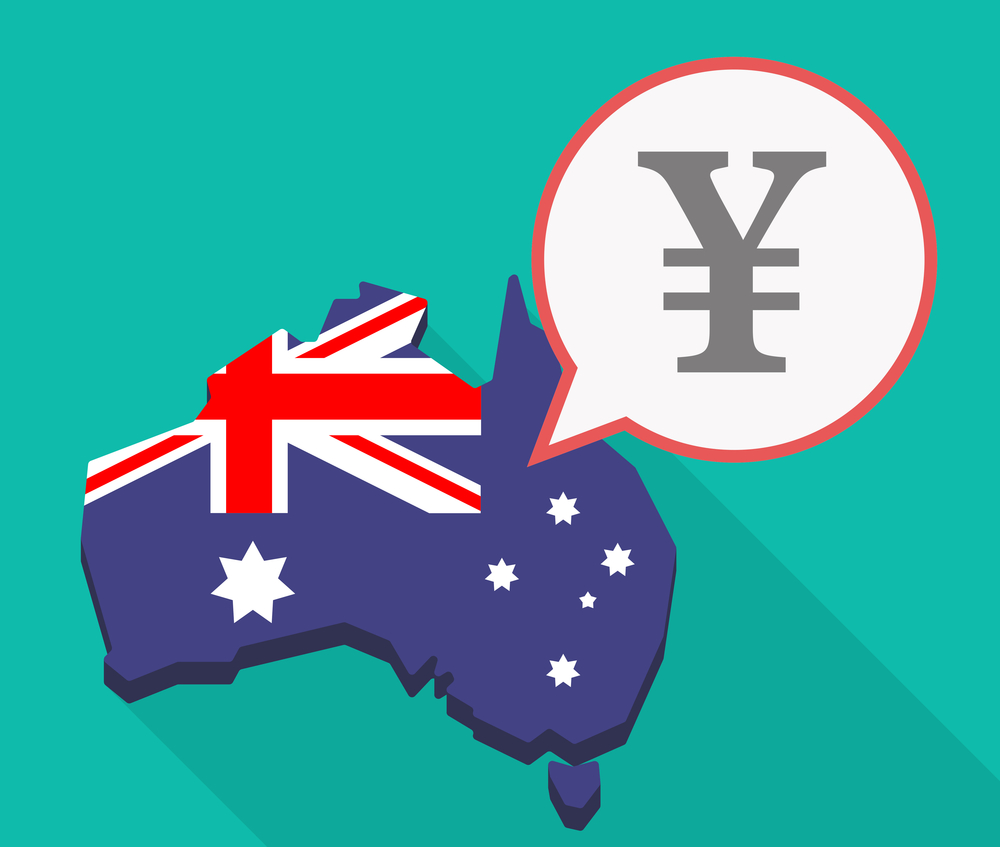 Most forex traders and CFD brokers want a pairing that includes the US dollar. This is understandable because it has a strong influence on almost all forex markets, and also impacts other currencies. However, at times, it can be advantageous to choose a forex pairing that does not involve USD. Forex advice from top brokers says that one strong forex pairing without the US dollar is that of the Australian dollar and Japanese yen
Most forex traders and CFD brokers want a pairing that includes the US dollar. This is understandable because it has a strong influence on almost all forex markets, and also impacts other currencies. However, at times, it can be advantageous to choose a forex pairing that does not involve USD. Forex advice from top brokers says that one strong forex pairing without the US dollar is that of the Australian dollar and Japanese yen
The Japanese yen
When it comes to the nominal GDP rates of all the countries in the world, Japan ranks as the third highest. Overall, the country is the second-largest developed economy with an estimated $38,000 GDP per capita. The Japanese yen is the third most popular reserve currency behind the US dollar and the British pound. On the foreign exchange market, the yen is the third most traded currency behind the US dollar and the Euro.
The Japanese currency is, however, the second most volatile on the forex market, second only to the US dollar. Traders ought to bear this in mind when choosing a trading strategy for the Australian dollar and Japanese yen pairing.
The currency is supported by a strong manufacturing sector. In terms of automobile manufacturing, Japan is ranked third in the world. Moreover, the yen is supported by the country’s natural resources – particularly gold, magnesium and silver.
The Australian dollar
The Australian dollar is not just the official currency of Australia – it is also an official currency of the Norfolk and Christmas Islands, Cocos Islands and the Pacific Island states of Kiribati, Nauru and Tuvalu. On the forex market, the Australian dollar ranks as the fifth most traded currency behind the British pound, US dollar, Euro and Japanese yen. The Australian dollar has at least an 8% share on daily trading volume.
The Australian dollar finds itself among other top trading currencies for several reasons, including the country’s relatively stable economic and political environment. There is also limited government regulation pertaining to the foreign exchange market. The service sector is the top performing sector in the country, followed by manufacturing and mining.
Factors affecting the Japanese and Australian economies
The interest rate is the one major factor that affects the relationship of any forex trading pair, and this certainly holds true when it comes to the JPY and AUD trading pair. However, apart from interest rates, there are also some unique factors that affect these currencies.
Here’s a look at some of the factors that affect how Australian’s currency relates to other currencies, including the yen. First, Australia is not an industrial economy – it’s a commodity economy. This means that the government of Australia cannot easily control the pricing and flow of commodities in and out of the country, which leads to high volatility. Australia also has a unique trading relationship with China and India. These two countries are the major trading partners of Australia, and any major economic or political event there can influence the performance of the Australian dollar.
JPY is largely affected by oil prices. Japan imports all of its oil and oil-related products. This means that changes in any direction in global oil prices will directly affect the economy of the country and the performance of the Japanese yen. In addition, the Japanese economy relies heavily on the manufacturing sector, so any change in demand can have implications for the currency. Japan’s location makes it prone to natural disasters, and its size makes disasters more severe, which also affects the currency.